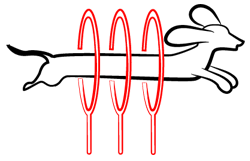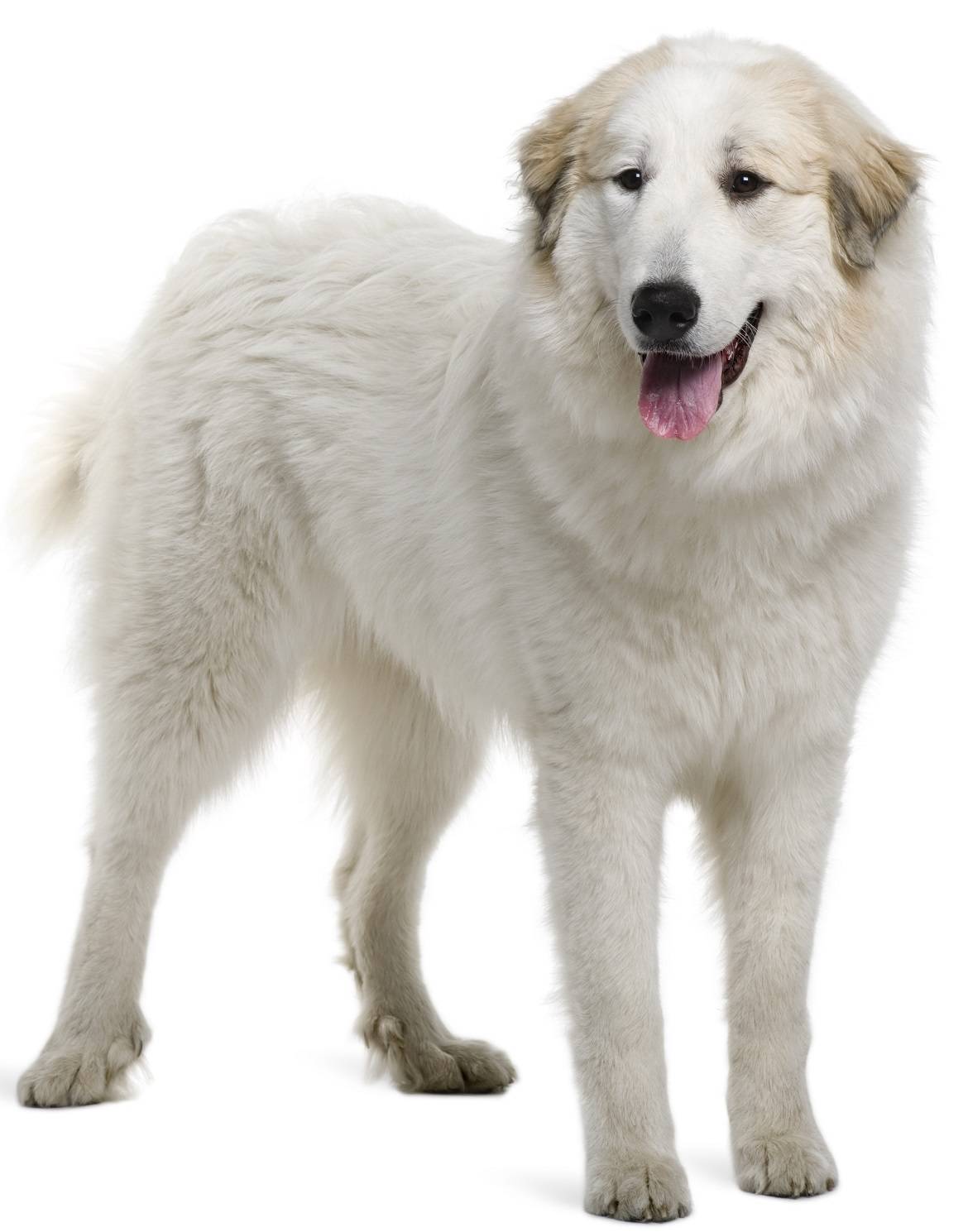
Paws ‘N’ Pups Quickview
Size
| Energy Level
| Trainability
| Paws ‘N’ Pups Rank
|
Characteristics
| Physical Characteristics: Height: 25-32” Weight: 80-120 lbs. Energy Level: Low – Moderate | The American Kennel Club recognizes the Great Pyrenees in white, with the following markings:
|
| Health & Longevity: 10-12 years Breeders screen for the following conditions:
Addison’s disease is seen in the breed as well. Pyrs are susceptible to gastric torsion (bloat), a life-threatening condition if immediate veterinary intervention is not sought. During periods of growth, some Great Pyrenees experience Panosteitis, commonly referred to as “growing pains”. It is usually self-limited but the discomfort produced can range from mild to severe. Pyrs are sensitive to anesthesia; before any surgical procedure, be sure that the veterinarian is aware of this and experienced in safely monitoring sensitive breeds. | |
Temperament & Train-ability
Majestic and calm, independent and strong willed, the Great Pyrenees take his job of livestock guardian seriously. This history must be considered before adding a Pyr to your household – they are not for everyone. While generally affectionate with his own family, Great Pyrenees are reserved and cautious with strangers. Being sturdy and calm, he may do well with his own family’s children, but can be overprotective, especially when roughhousing ensues. Pyrs will not take in stride the coming and going of neighborhood children. Just as your dog will need careful socialization to learn appropriate behavior around children, your children must be taught how to properly interact with your Pyr. Never allow children to sit on, attempt to ride or pull ears, etc. Children should be taught how to recognize when a dog needs a break and give them space. Naturally territorial, a very secure fence is a must; without secure boundaries, a Pyr will wander to gain territory. There is a good chance for aggression to other animals.
With only moderate exercise needs, Pyrs are usually content with long walks or 20-30 minutes of exercise a day. As adults, they are generally quiet and inactive indoors. Spending long hours alone, be it house or yard, will not work; your Pyr will be lonely, bored and frustrated, and as a result become massively destructive or escape. This breed is unsuitable for living in apartments, condos or small yards. Novice dog owners should not start out with a Great Pyrenees. They love cold weather, but cannot tolerate the heat. A Pyr should never be allowed off leash. Though generally not prone to barking, at night a Pyr will be most vigilant, and likely bark more.
Independent, intelligent and strong willed, training a Great Pyrenees is a challenge not suited to beginners. Livestock guardian breeds were bred to think on their own, and often don’t appreciate being bossed around. If you like to micromanage, this is not the breed for you. If you approach your Pyr with respect and kindness, you will likely succeed. Using positive reinforcement methods is necessary, as this breed does not like being pushed around. As challenging as training a Pyr may be, it is not optional; a dog this size must be trained or they are uncontrollable. Pyrs will need early and continued socialization – much more than most breeds. It is this process that helps them set a baseline understanding of what ‘normal’ is, so they don’t see threats where there are none. You will also want to train your Pyr to accept being brushed and having their feet, ears, mouth and tail handled.
Great Pyrenees certainly won’t set the sport of dog obedience on fire, but many have been trained to carry a backpack or pull a cart, and some enjoy duties as therapy dogs.
Grooming
The heavy double coat of the Great Pyrenees should hold no surprises: they shed a lot. The coarse topcoat is long and thick; it can be straight or wavy. The dense, wooly undercoat is thick. Longer feathering is found on the back of the legs, and tail. Weekly brushing is necessary to keep your Pyr mat free. This process can take 30-60 minutes, and if your dog has picked up any cockleburs or foxtails, much longer. Twice a year (spring and fall), your Pyr will “blow” their coat; the old coat is shed out for new coat growth. During this time, daily brushing and raking is necessary, not only to keep the mountains of hair out of your house, but also to prevent matting. Although they suffer in the heat, a Pyr’s coat should never be shaved; it insulates from the heat. Removing only the undercoat will keep them most comfortable and avoid the possibility of clipper alopecia, a condition where the coat does not regrow.
Ears must be cleaned regularly, and toenails should be trimmed; it is unlikely your Pyr will wear down their nails. Teeth must also be checked and cleaned regularly.
Diet
The amount fed will vary depending on age, activity level, and type of food fed; on average, a Great Pyrenees will eat 4-6 cups of food per day, which should be fed in two meals. Free feeding should be avoided, as some Pyrs are prone to becoming overweight. A constant supply of fresh, clean water must always be available.
Looking for a Great Pyrenees?
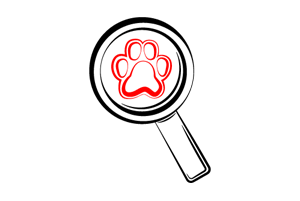 Find A Great Pyrenees Breeder | 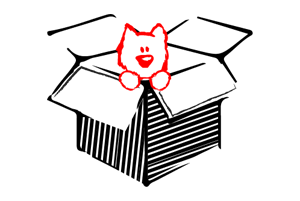 Great Pyrenees Puppies For Sale | 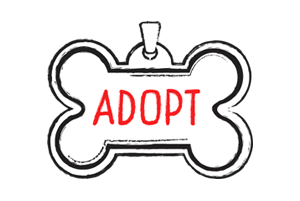 Adopt A Great Pyrenees |
Cost
Pricing for Great Pyrenees is between $600-$1,200. Breed rescue organizations offer another option, where lovely dogs needing a home can be found; adoption fees vary widely, but are generally in the $200-$500 range. Don’t forget to consider whether your automobile can safely accommodate an adult Great Pyrenees.
Paws ‘N’ Pups Ranking
Paws ‘N’ Pups ranks every breed out of 4 with 1 being easiest to integrate into your life and 4 being the toughest – The lower the ranking the better.
Ranking takes into account a few basic factors such as cost, skill level needed, high vs. low maintenance, and how critical regular training is to success. The Great Pyrenees rates a 3.5; they need a fairly experienced owner to manage them.
Breeds Similar To Great Pyrenees
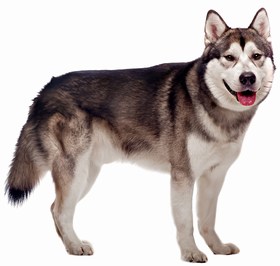 Alaskan Malamute | 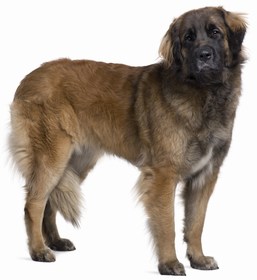 Leonberger | 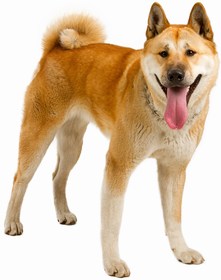 Akita | 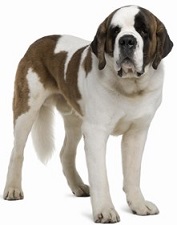 Saint Bernard |



